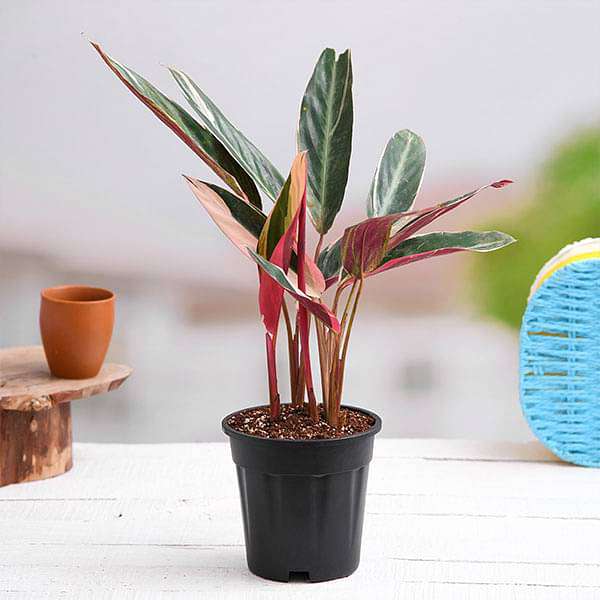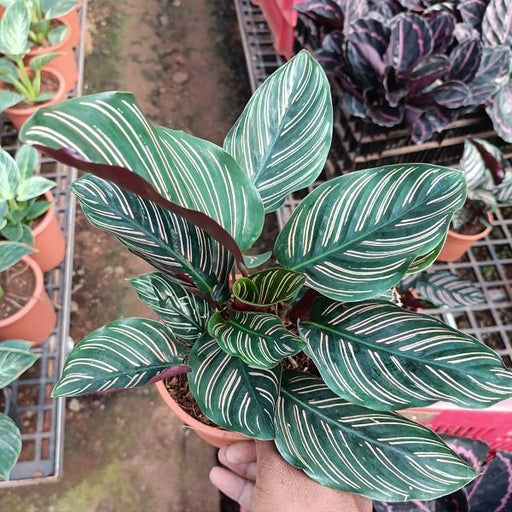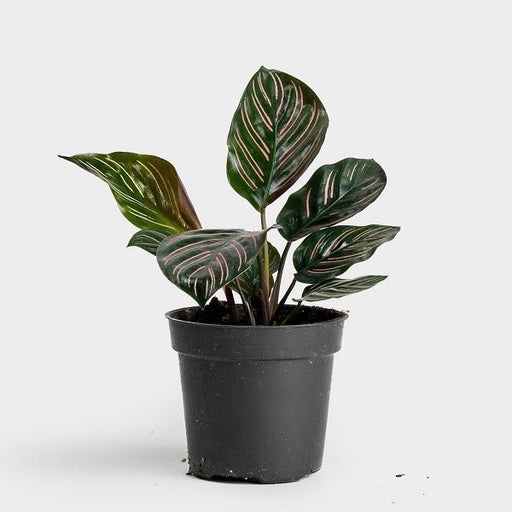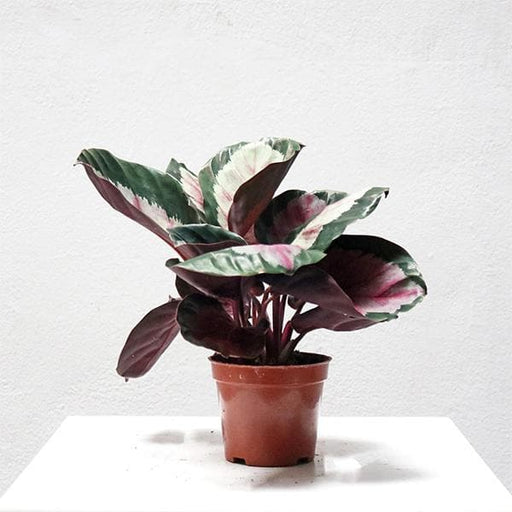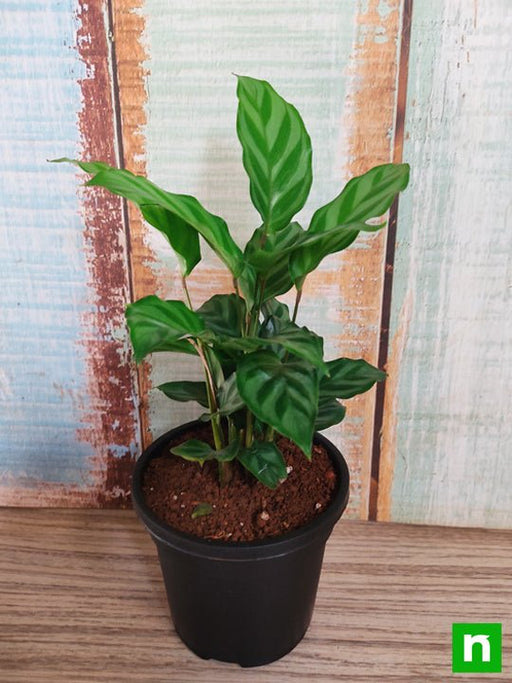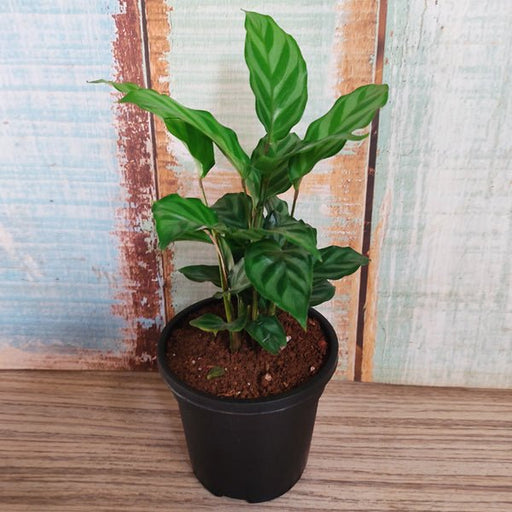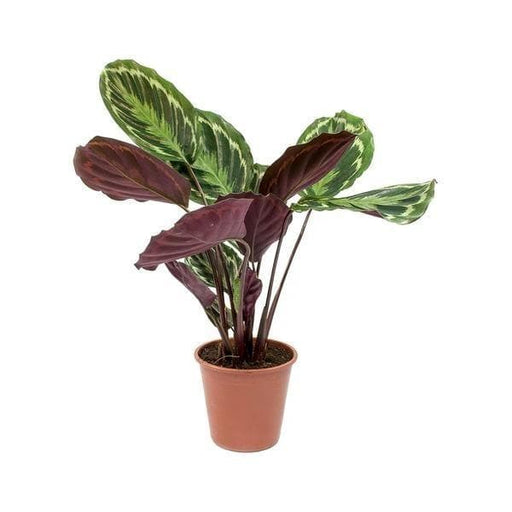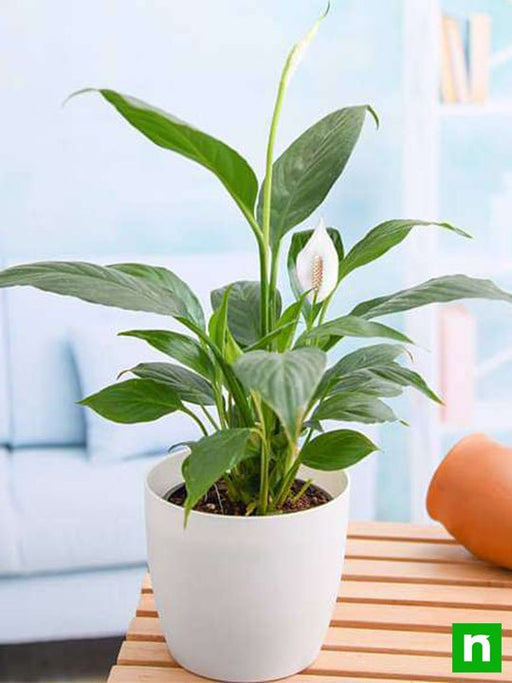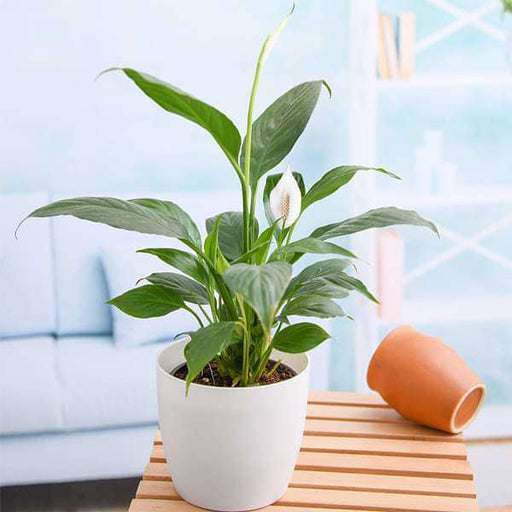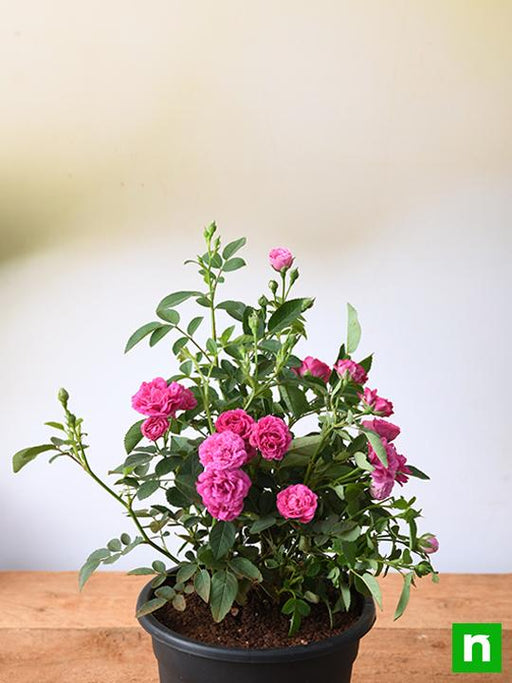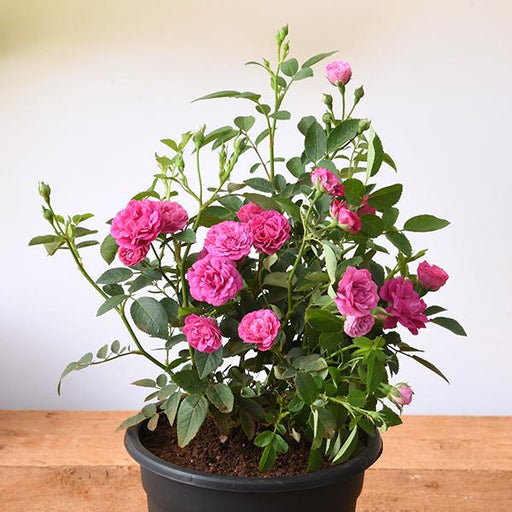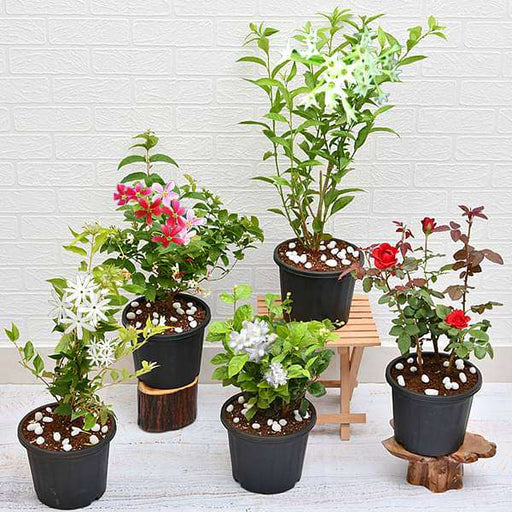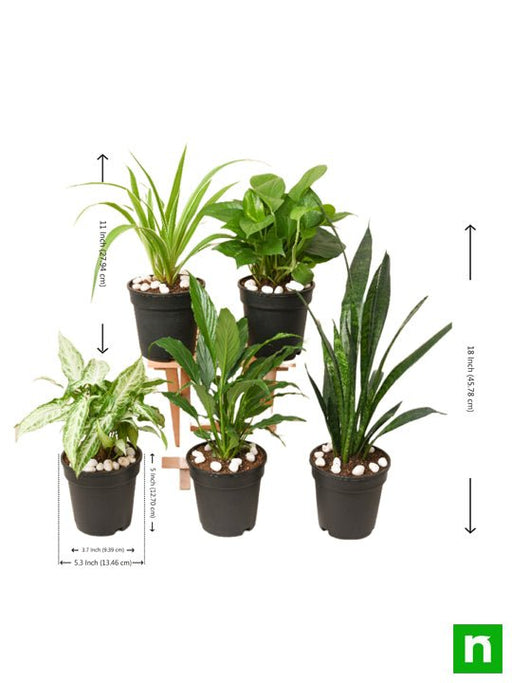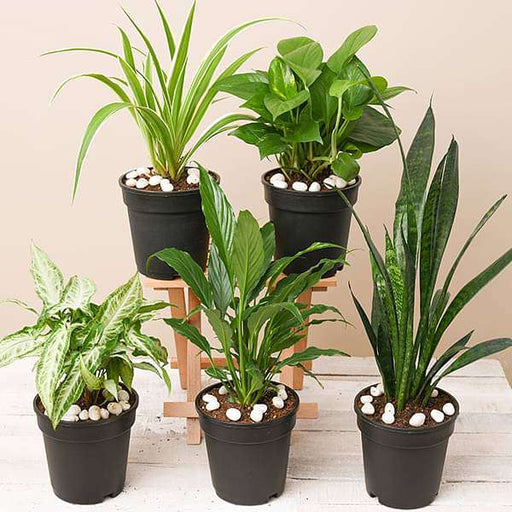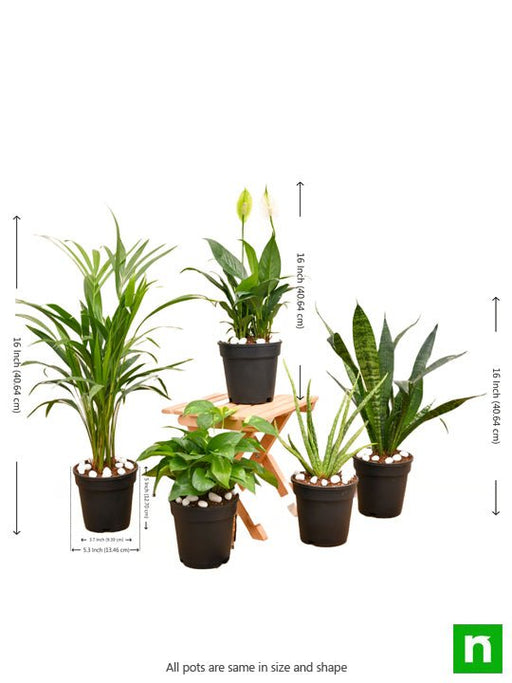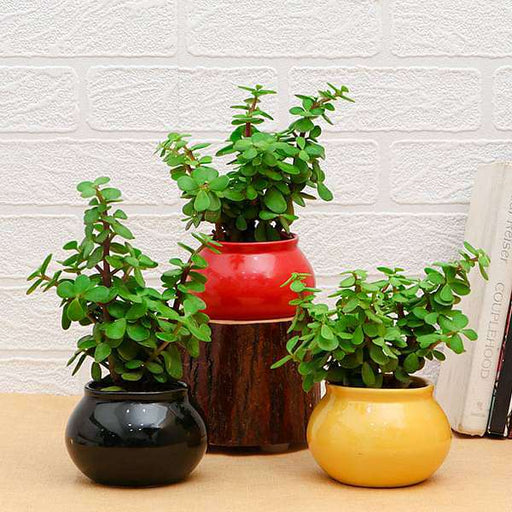Calathea Care
Calathea plants require special care to keep them healthy and vibrant. This includes providing the right amount of water, sunlight, and nutrients, as well as monitoring for pests and diseases. With the right care, calathea plants can thrive and produce stunning displays of lush and colorful foliage.
Calathea Varieties
There are many varieties of calathea plants, each with its own unique patterns and colors. Some popular varieties include the rattlesnake plant, the peacock plant, and the prayer plant. With so many options to choose from, there is a calathea variety to suit any taste and style.
Calathea Propagation
Calathea plants can be propagated through division or stem cuttings. Division involves separating the plant into smaller sections, while stem cuttings involve cutting a section of stem and rooting it in water or soil. With the right propagation techniques, calathea plants can produce healthy and vibrant new growth.
Calathea Soil
Calathea plants require well-draining soil that is rich in nutrients. A mix of potting soil and perlite is a popular choice for calathea plants, as it provides the right balance of moisture retention and drainage. With the right soil, calathea plants can grow strong and healthy.
Calathea Watering
Calathea plants require frequent watering to keep the soil moist, but not waterlogged. Water should be allowed to fully drain from the soil before watering again. With the right watering schedule, calathea plants can produce stunning displays of lush and colorful foliage.
Calathea Sunlight
Calathea plants require indirect sunlight for optimal growth and health. Too much direct sun can cause the leaves to burn, while too little light can cause the plant to become leggy and weak. With the right amount of sunlight, calathea plants can thrive and produce stunning displays of lush and colorful foliage.
Calathea Pests and Diseases
Calathea plants are susceptible to a variety of pests and diseases, including spider mites, mealybugs, and fungal infections. Proper care and monitoring can prevent these issues from becoming a problem. With the right pest and disease control measures, calathea plants can thrive and produce stunning displays of lush and colorful foliage.
Calathea Air Purifying
Calathea plants have air-purifying properties, making them a popular choice for indoor spaces. They can help to remove harmful toxins from the air and improve indoor air quality. With their natural and organic beauty, calathea plants are a practical and charming addition to any indoor space.
Calathea Temperature
Calathea plants require warm temperatures to thrive and grow. They should be kept in a warm and humid environment, with temperatures between 65-80°F (18-26°C). With the right temperature, calathea plants can produce stunning displays of lush and colorful foliage.
Calathea Prayer Plant
The calathea prayer plant is a popular variety of calathea plants, thanks to its unique and striking foliage patterns. It gets its name from its leaves, which fold upward at night, resembling hands in prayer. With its natural and organic beauty, the calathea prayer plant is a charming and whimsical addition to any indoor space.
Calathea Rattlesnake Plant
The calathea rattlesnake plant is another popular variety of calathea plants, known for its striking green and purple foliage patterns. Its leaves have a wavy and undulating texture, resembling the skin of a rattlesnake. With its
unique and eye-catching appearance, the calathea rattlesnake plant is a perfect choice for any plant lover.
Calathea Peacock Plant
The calathea peacock plant is a stunning variety of calathea plants, known for its vibrant and colorful foliage patterns. Its leaves have shades of green, purple, and pink, resembling the feathers of a peacock. With its bold and dramatic appearance, the calathea peacock plant is a showstopper in any indoor space.
Calathea Fertilizer
Calathea plants require regular fertilizer to grow strong and healthy. A balanced fertilizer that is high in nitrogen is a popular choice for calathea plants, as it promotes healthy leaf growth. With the right fertilizer, calathea plants can produce stunning displays of lush and colorful foliage.
Calathea Humidity
Calathea plants require high humidity to thrive and grow. They should be kept in a humid environment, with humidity levels between 50-60%. A humidifier or regular misting can help to maintain the right humidity levels. With the right humidity, calathea plants can produce stunning displays of lush and colorful foliage.
Calathea Leaves Turning Brown
Calathea plants can experience brown leaves due to a variety of factors, including overwatering, underwatering, low humidity, or exposure to direct sunlight. Proper care and monitoring can prevent these issues from becoming a problem. With the right care, calathea plants can produce stunning displays of lush and colorful foliage.
Calathea Low Light
Calathea plants can thrive in low light conditions, making them a popular choice for indoor spaces with limited natural light. They should be kept in a well-lit room with indirect sunlight, or near a bright window with filtered light. With the right lighting conditions, calathea plants can produce stunning displays of lush and colorful foliage.
Calathea Toxicity
Calathea plants are not toxic to humans or pets, making them a safe choice for indoor spaces. With their natural and organic beauty, calathea plants are a practical and charming addition to any indoor space.
Calathea Repotting
Calathea plants should be repotted every 1-2 years to keep them healthy and thriving. Repotting involves removing the plant from its current container and replanting it in a larger pot with fresh soil. With the right repotting techniques, calathea plants can produce healthy and vibrant new growth.
Calathea Prayer Plant Care
The calathea prayer plant requires special care to keep it healthy and vibrant. This includes providing the right amount of water, sunlight, and humidity, as well as monitoring for pests and diseases. With the right care, the calathea prayer plant can produce stunning displays of lush and colorful foliage.
Calathea Medallion Plant
The calathea medallion plant is a stunning variety of calathea plants, known for its large and round leaves with bold and intricate patterns. With its natural and organic beauty, the calathea medallion plant is a charming and inspiring choice for any plant lover.

